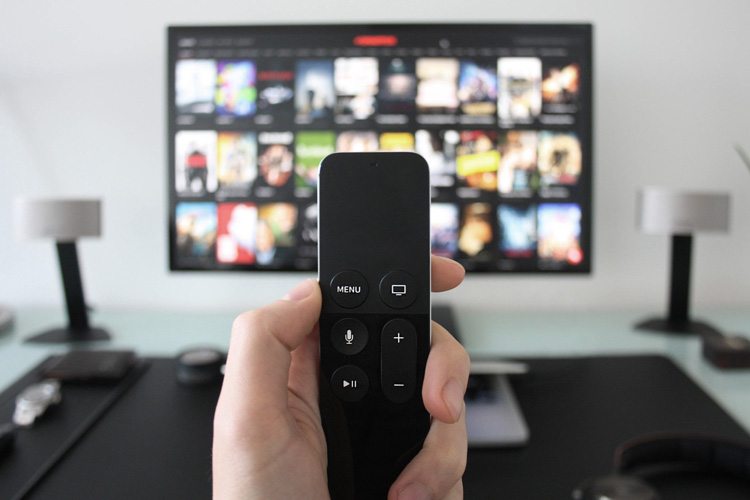It’s been a rough few years for cable companies. Thanks in part to the low costs and high availability of streaming services, cable TV subscribers are on a serious decline. It’s estimated that by 2021, roughly 51 million people will be canceling their cable or satellite TV packages in favor of streaming services (or other sources of content).
But cable certainly isn’t dead. In 2016, cable companies received more than $81 billion in revenue from subscriptions, and millions of households are adamant that they won’t be cutting the cord soon. In fact, if cable companies start changing their strategies and appealing to a wider customer base, they could rise to their former status—and give streaming services a run for their money.
Fresh Competition
The cable TV industry could do with a bit of fresh competition. A handful of companies (like Spectrum, Xfinity, Cox, and Frontier) are responsible for the vast majority of cable subscriptions, and because they have a virtual lock on the industry, it’s hard for smaller, nimbler companies to enter the fray. Newer, more innovative cable companies could offer more features that consumers want, and breathe fresh air into what’s perceived as a stale industry.
That said, customer awareness is going to be a problem for up-and-comers. You might even have alternative cable TV providers in your area that you weren’t aware existed. Smaller and newer cable companies need to do a better job of making their presence known.
Better Prices and Packages
One of the more straightforward options is to provide better packages and/or better pricing to consumers. Customers faced with a choice between $100 a month for a comprehensive cable TV package and around $10 a month for a streaming service are going to choose the latter in most cases. But if cable TV has an affordable, $25 a month plan with inherent advantages over the streaming service, customers will face a more difficult choice.
Cable companies may not be able to feasibly provide this, depending on their profit margins, so more creative packaging in combination with the other strategies on this list may be necessary.
Better Customer Service
Cable companies have notoriously bad customer service ratings, across the board. Long wait times, inconsistent service, and impersonal interactions are just a few of the common complaints. Streaming services don’t have this downside, in part because streaming apps are easier to maintain—and result in fewer complaints from customers. But if cable companies are going to survive and renew their subscriber bases, they need to change their customer service image, providing more personal care for their subscribers.
There are many ways this could manifest, including investing more time and money into customer service lines, or providing more communication channels for customers to rely on. Even simple improvements, like reducing wait times or improving consistency of service in spotty locations, could go a long way here.
More On-Demand Options
Streaming services also have the advantage of being on demand. Standard cable channels tend to have scheduled times for broadcasting content, while streaming apps have all their content available at any time. Consumers can take advantage of some on-demand content, or utilize a DVR system to ensure they can watch their favorite programs at their leisure, but if cable companies are going to survive long-term, they need to offer more on-demand features to appeal to the masses.
Capitalizing on Streaming Weaknesses
Streaming services do have many natural advantages over traditional cable companies, but they also have some inherent weaknesses—and those weaknesses are becoming more apparent. Media companies like Disney are currently planning to offer their own respective streaming apps, removing their content from mainstream apps like Netflix in a bid to create their own audiences. In time, consumers may no longer be able to find a robust selection of content on a single streaming app; instead, they may be forced to subscribe to many apps, which is both more expensive and inconvenient.
Cable companies can counter this by offering all-in-one packages in a single location, giving customers the low prices they want while still trying to give them a “best of all worlds” experience. The can also play up the hassle of subscribing to multiple channels simultaneously in their marketing and advertising.
Other Sources of Innovation
Of course, these aren’t the only ways cable companies could survive the coming years and rebuild their lost subscriber bases. Cable companies could introduce new innovations, like new ways to watch content or devices that make things more convenient for customers. They could even form partnerships with streaming services to give them a warmer introduction to streaming aficionados. The only thing that’s clear is that cable companies need to adapt and evolve if they’re going to thrive in the future.




